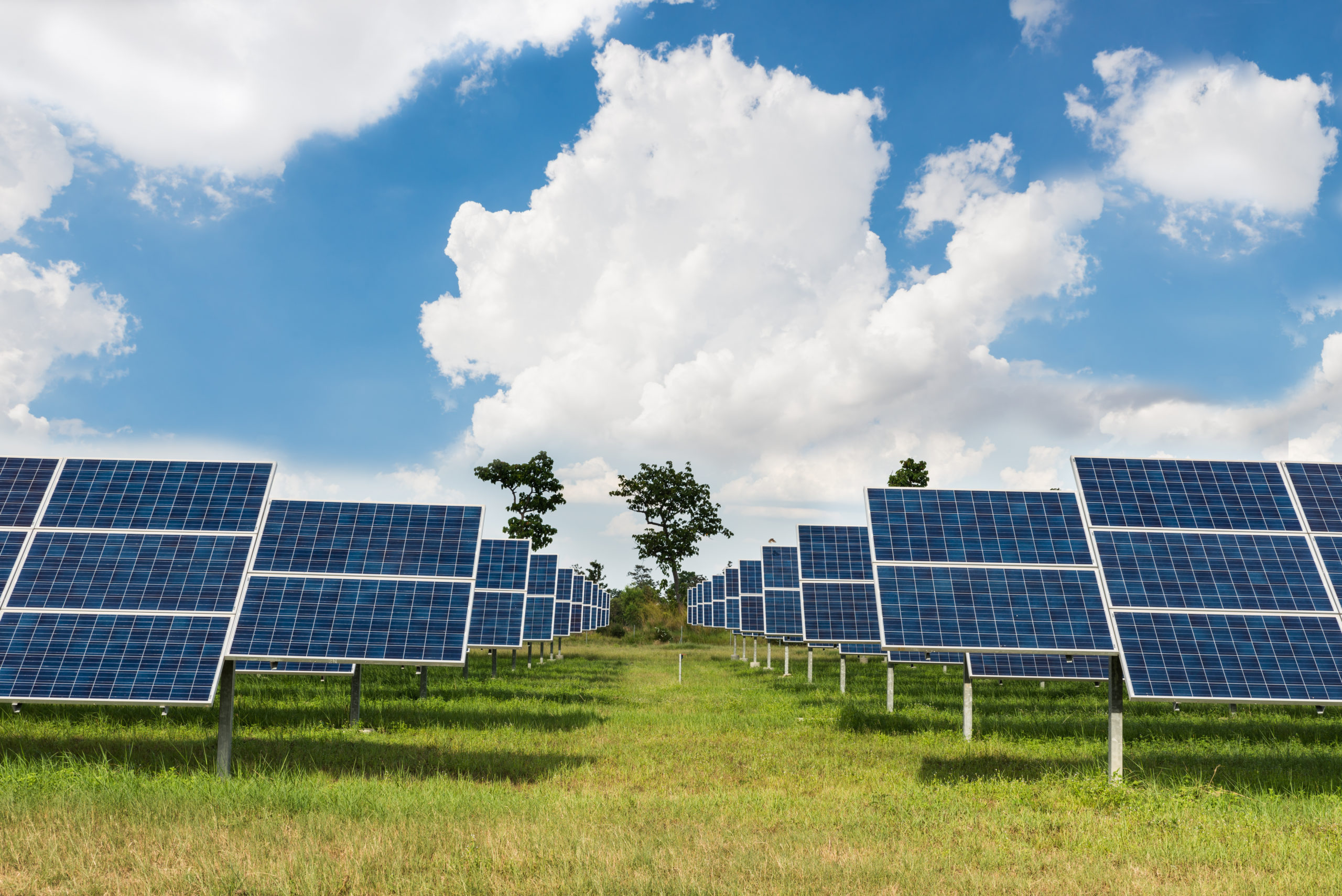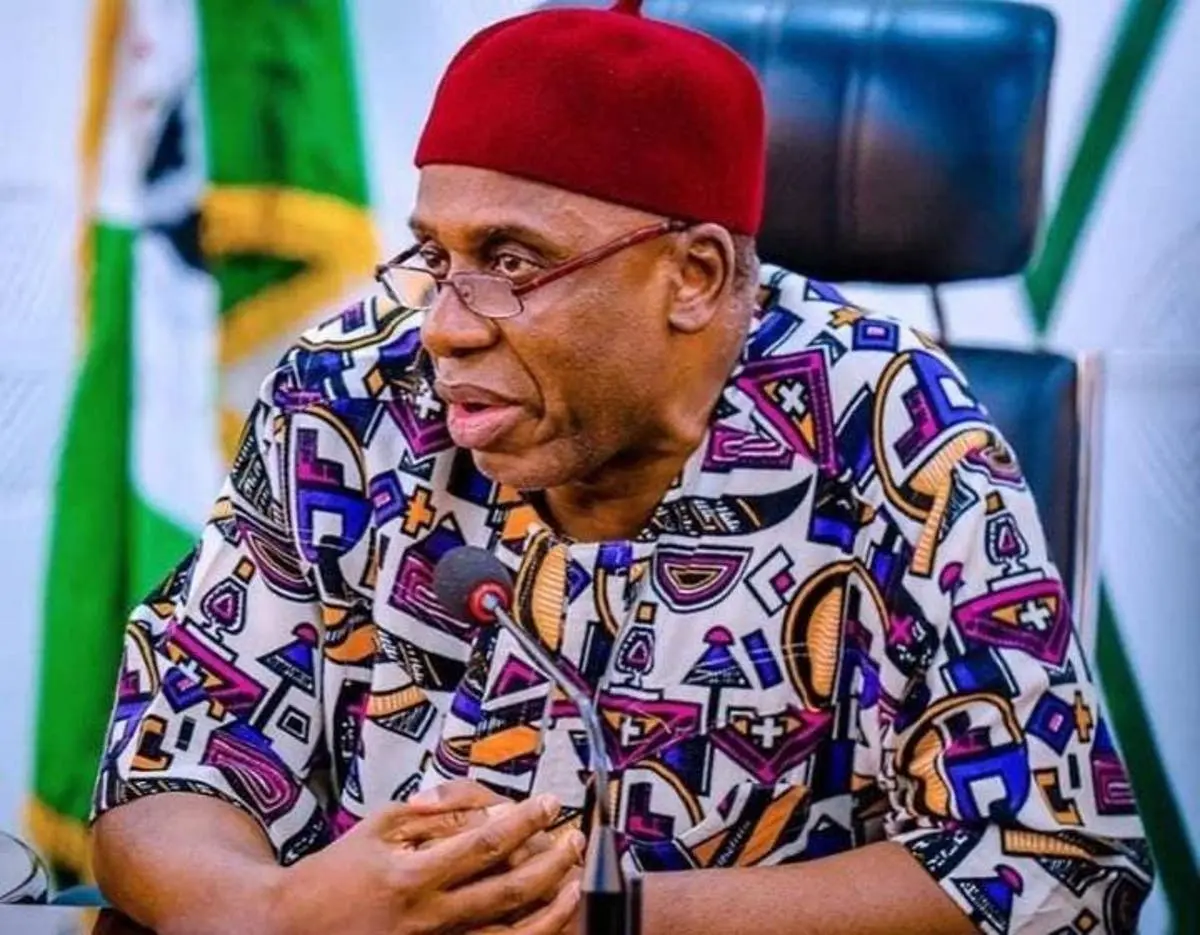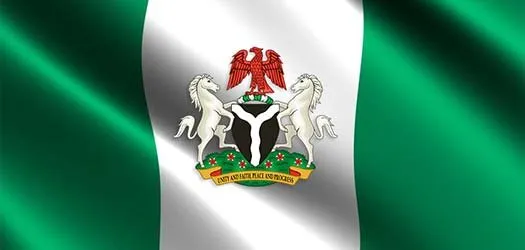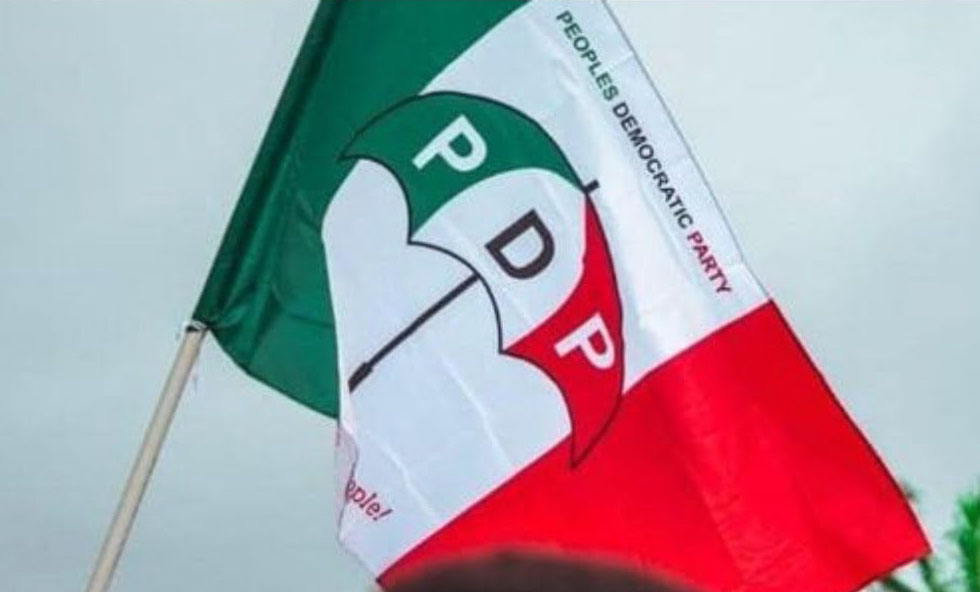In recent years, solar energy projects have been transforming rural communities across Africa, providing reliable electricity and fostering economic development. In Hakwata village, Zimbabwe, a 200-kW solar mini-grid was commissioned, bringing clean power to over 100 homes and businesses. This initiative has improved local livelihoods, with residents reporting reduced energy costs and expanded business opportunities. (undp.org)
Similarly, in northern Kenya, a solar mini-grid has energized a farming village, enabling extended working hours and improved productivity. Children now study under solar-powered lights, and women operate sewing machines and food processors, enhancing their income and quality of life. (energytransitionafrica.com)
In Togo, the African Development Bank’s PRAVOST project has equipped 314 health centers with solar panels, ensuring consistent electricity for lighting, vaccine refrigeration, and medical procedures. This advancement has significantly improved patient care and safety, particularly in maternal health services. (african.business)
Madagascar is also embracing solar electrification. The “Sustainable Rural Electrification in Diana and Analamanga” project, supported by the European Union, aims to provide clean energy to 2,000 households and 150 businesses in the Diana region. This initiative is expected to enhance economic activities and improve living standards in these rural areas. (pvknowhow.com)
In Tanzania, solar-powered water pumping systems have improved access to clean water and enabled year-round irrigation. Farmers report increased crop yields and income, while communities experience reduced waterborne diseases. These projects also empower women and girls by alleviating the burden of fetching water, allowing them to focus on education and income-generating activities. (energynews.africa)
These initiatives highlight the transformative potential of solar energy in addressing energy access challenges and promoting sustainable development in rural Africa.











Leave a comment